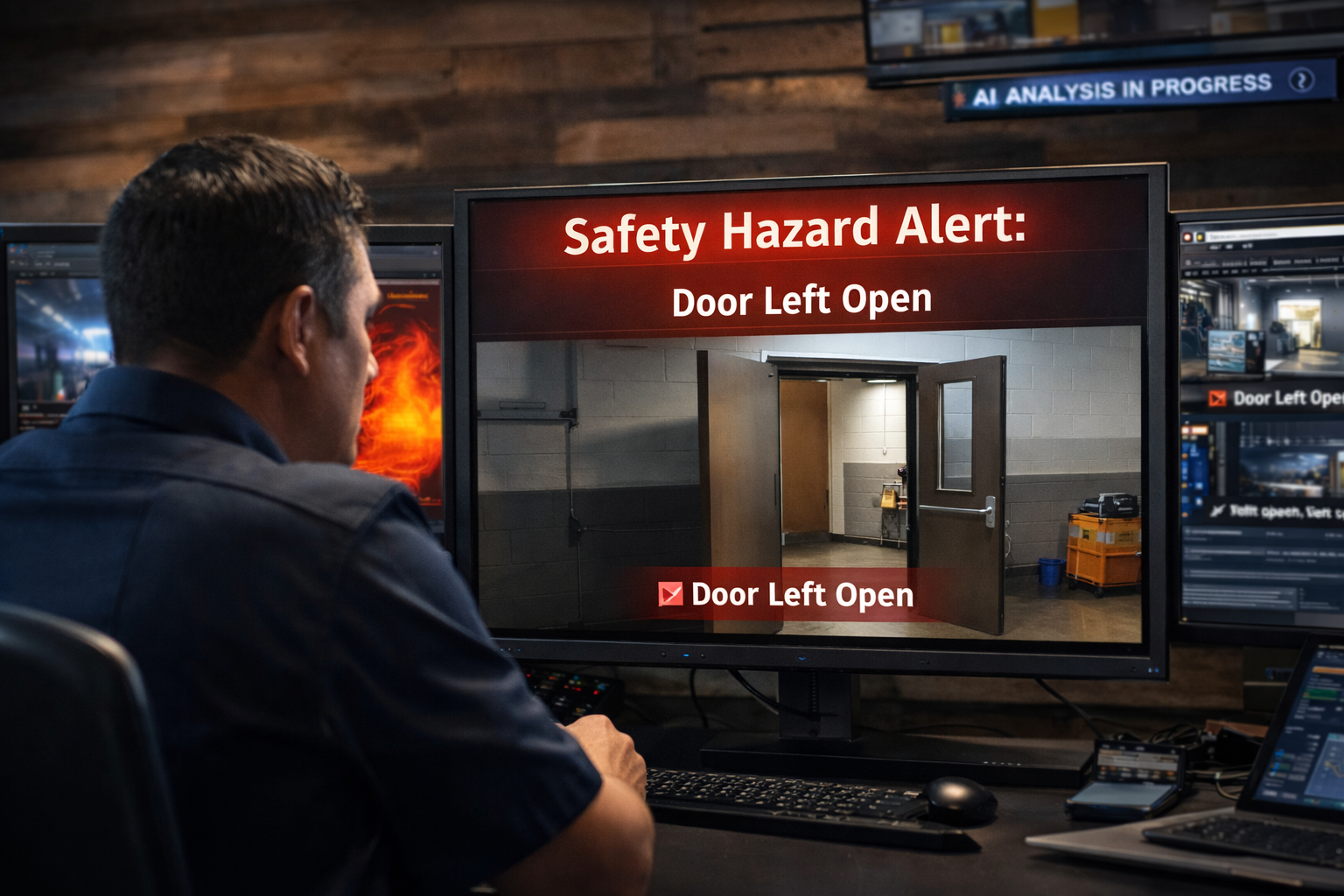Driving while drowsy is known to increase one’s risk of causing a crash, and that’s why the Federal Motor Carrier Safety Administration in 2011 released new Hours of Service rules that limit driving time for commercial truck and bus drivers.
The HoS rules also require drivers to take rest breaks of certain durations. Many fleet owners and managers installed electronic log books in vehicles to ensure drivers were not exceeding their maximum allowable driving time, but tracking time isn’t an accurate way to gauge fatigue. Digital asset tracking devices, however, may help fleet owners identify telltale signs of driver fatigue, such as veering off-course, rapid deceleration/acceleration or sudden braking.
Fatigue and crashes
Many truck drivers maintain irregular hours – sometimes sleeping at night, but often sleeping whenever their schedule allows. They may also get inadequate sleep, and according the National Sleep Foundation, people who sleep six to seven hours per night have double the crash risk of people who sleep eight hours or more per night. On five hours of sleep, a person’s crash risk is four to five times greater than that of an eight-hour sleeper.
The National Sleep Foundation also reports that drivers are more likely to doze off behind the wheel when traveling on “long, boring, rural highways.” That could be one reason why fatigue is a factor in approximately 30 percent of large truck crashes, according to the FMCSA.
The FMCSA reports that two of the most common events involved in large truck crashes are veering out of the travel lane, either off the road or into another lane, and rear-ending another vehicle. Both of these events are associated with drivers falling asleep.
The role of sleep disorders
Poor quality sleep is often the result of sleep apnea or other sleep-related disorders. Fleet Owner magazine interviewed a respiratory therapist who said he had treated truck drivers who knew they had sleep apnea, but they worried they might lose their jobs if their managers knew, so they paid in cash for treatment and used false names.
Fleet managers can encourage drivers to report sleep problems by assuring them their jobs are secure. Still, some drivers may be hesitant to admit they’ve nodded off while driving. Digital asset tracking devices can give fleet managers insight into driver behavior that may help in prevention of drowsy-driving crashes.









